This ultra-tropical plant, pulasan, does best in low- to medium-altitude (360–1150 ft.) tropical rainforests with high humidity. The Malay word "pulas," meaning "pilaf," is where the term "pulasan" comes from. The practice of twisting the fruit open with two hands led to its eponymous moniker, pulasan. The ornamental tree reaches a height of 10–15 metres and a trunk diameter of 30–40 centimetres. Baby twigs have a brown, hairy appearance. Leaves can be alternating, pinnate, or odd-pinnate. The 17–45 cm long leaves are divided into two to five pairs of oblong or elliptic–lanceolate leaflets that can be up to 5 cm in width. Little, greenish flowers without petals are borne singly or in bunches on upright, axillary, or terminal branches. Each sepal has 4 to 5 hairs. The fruit is oblong, measuring between 5 and 7.5 centimetres in length, and it is coloured a deep crimson. Its leathery rind is covered in conical tubercles with blunt tips, or thick, straight spines measuring 1 centimetre in length. The single almond-sized seed found inside each fruit. The 2-3.5 cm long seed is ovoid in shape with a light brown colour. It is elongated or oblong and flattened on one side. Seeds may be easily extracted from the pulp.
Table of Contents
What is Pulsaan?
The pulasan is a small, oval-shaped, red, leathery, transparent, and delicious tropical fruit with no sourness whatsoever in its flesh. The skin of these exotic fruits is covered in small, stubby spines and ranges in colour from dark red to light red or yellow. The pulasan tree can only reproduce by its single seed and prefers hot, humid environments.
Difference between Pulsaan and Rambutan
The pulasan is a fruit related to the rambutan. The pulasan has thicker skin and shorter hair than the rambutan. When compared to other fruits, pulasan has a softer rubber, less sticky flesh, and a sweeter, less acidic flavour.
Health benefits of Pulasan:
Helps in weight loss
Anyone with weight loss goals can benefit from eating this fruit. One's stomach may feel fuller after eating foods high in dietary fibre. Also, it is an efficient appetite suppressant.
Maintains blood sugar level
Those with diabetes can benefit from eating this fruit as well. It controls blood sugar by controlling how much sugar enters the bloodstream.
Stimulates bowel movement
Fibre in the diet aids in digestion and helps maintain regular bowel movements. It also serves as a laxative.
Stops effect of ageing
With its high concentration of vitamin C, this fruit can help you fool people into thinking you're years younger than you really are. In addition to safeguarding skin cells, it neutralises free radicals.
Provides antioxidant protection
Free radicals are neutralised because of the powerful antioxidants included in this fruit, including hydroquinone, ascorbic acid, and pyrogallol.
Culinary use of Pulasan:
Raw fruit consumption or preparation as jams or compotes are both acceptable.
Oil can be made from the seeds.
Put it in the freezer and use it to flavour ice cream and pudding.
Used it to make condiments and preserves.
Chocolate-like beverages can be made by using the seeds, which are roasted or boiled depending on preference.

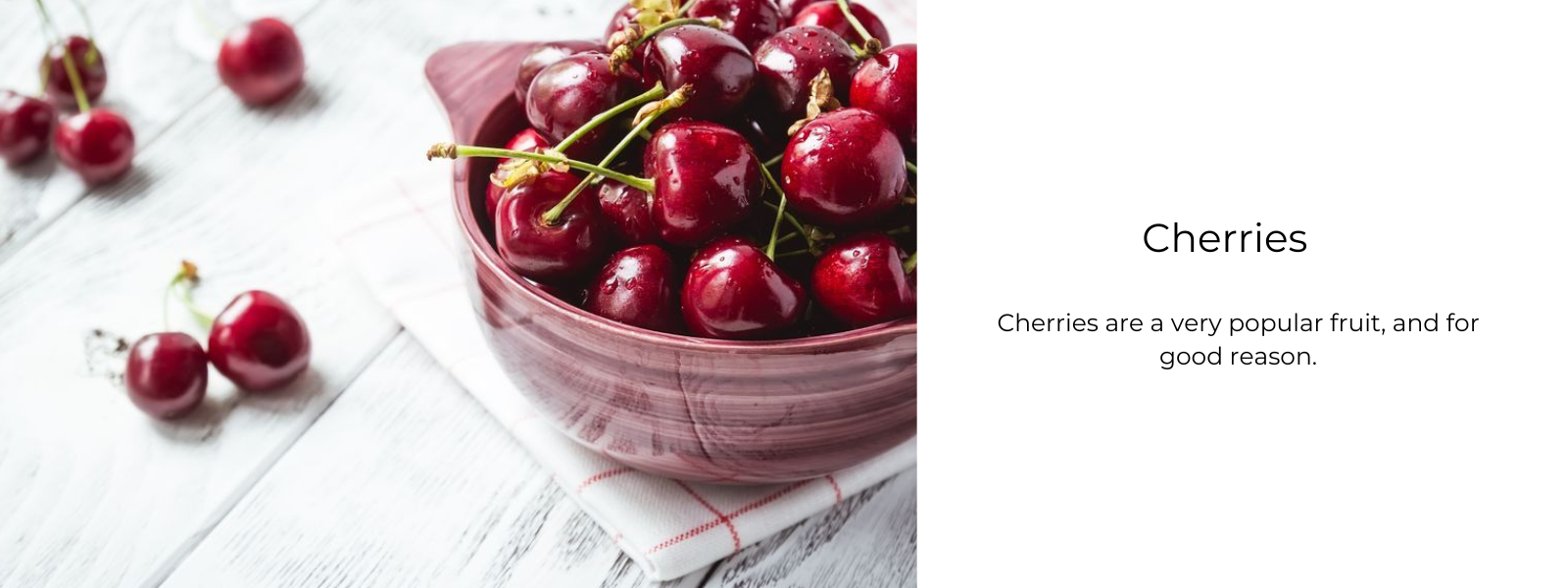
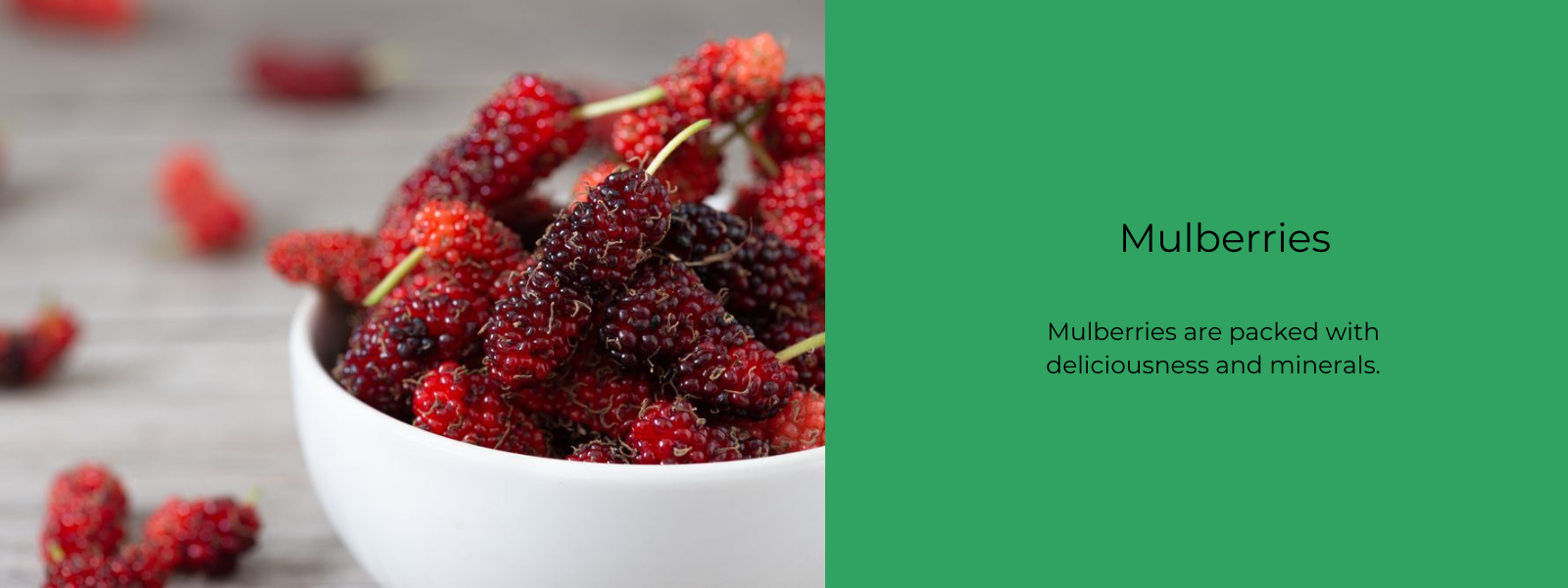
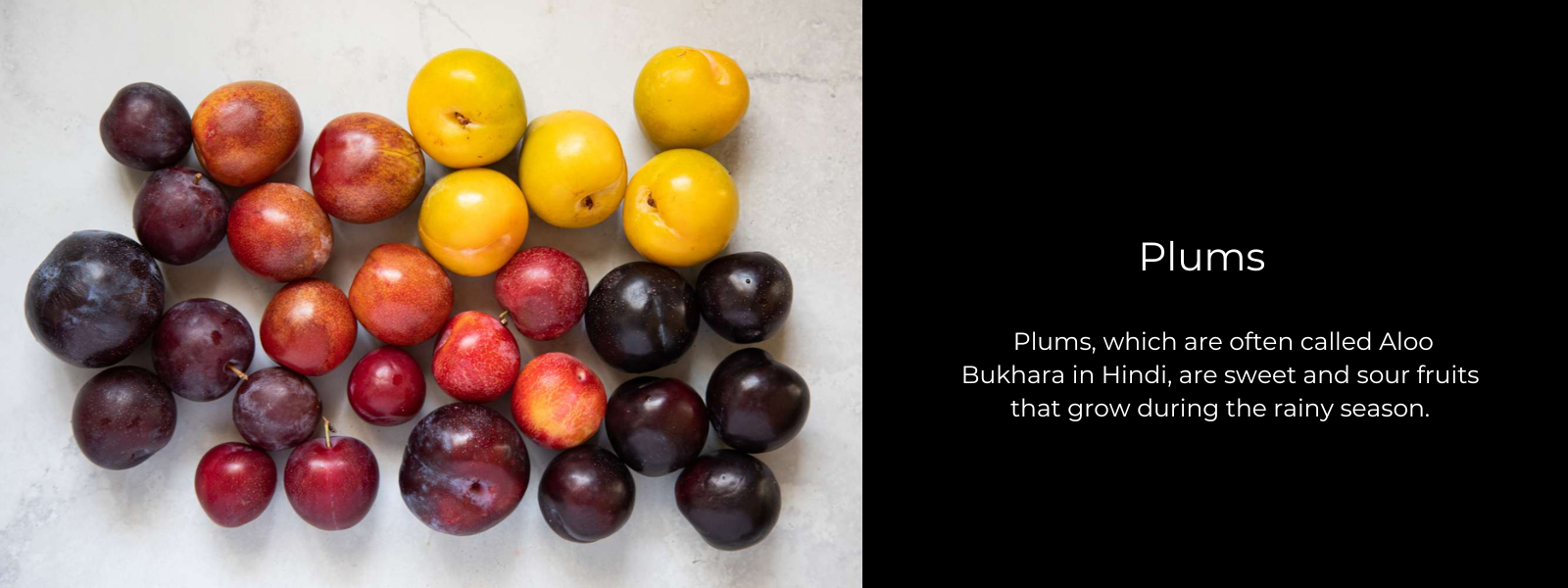
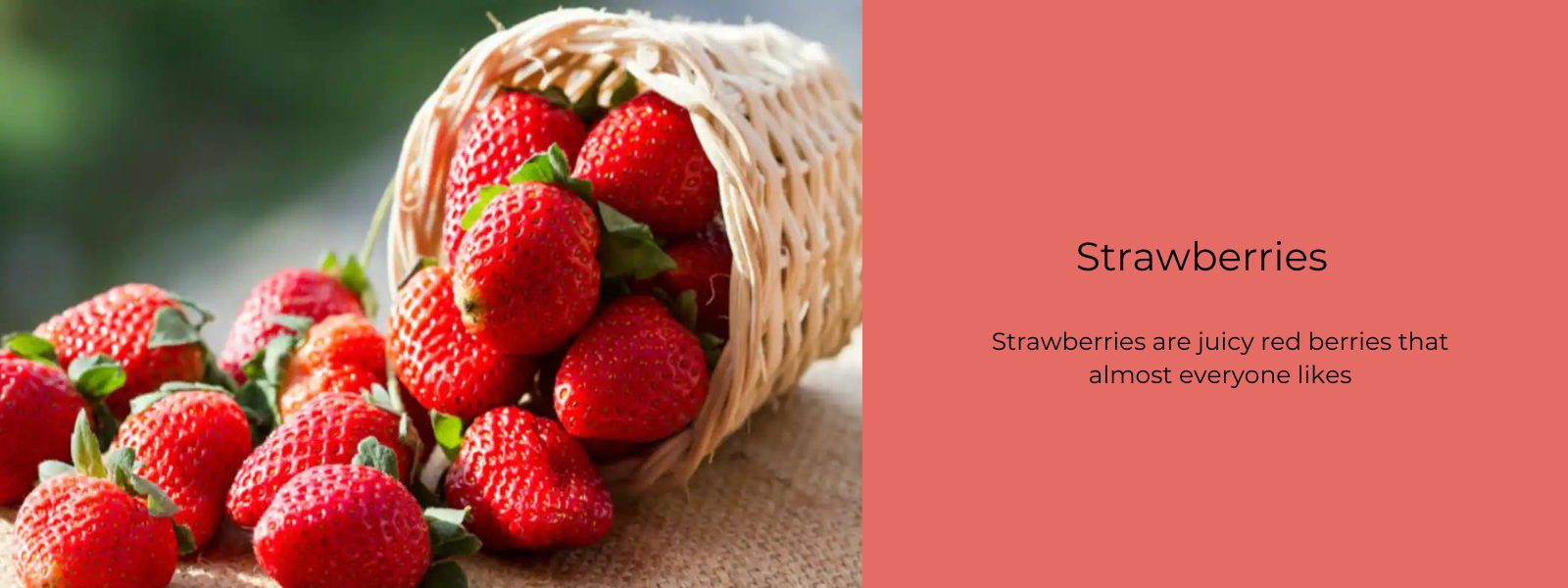
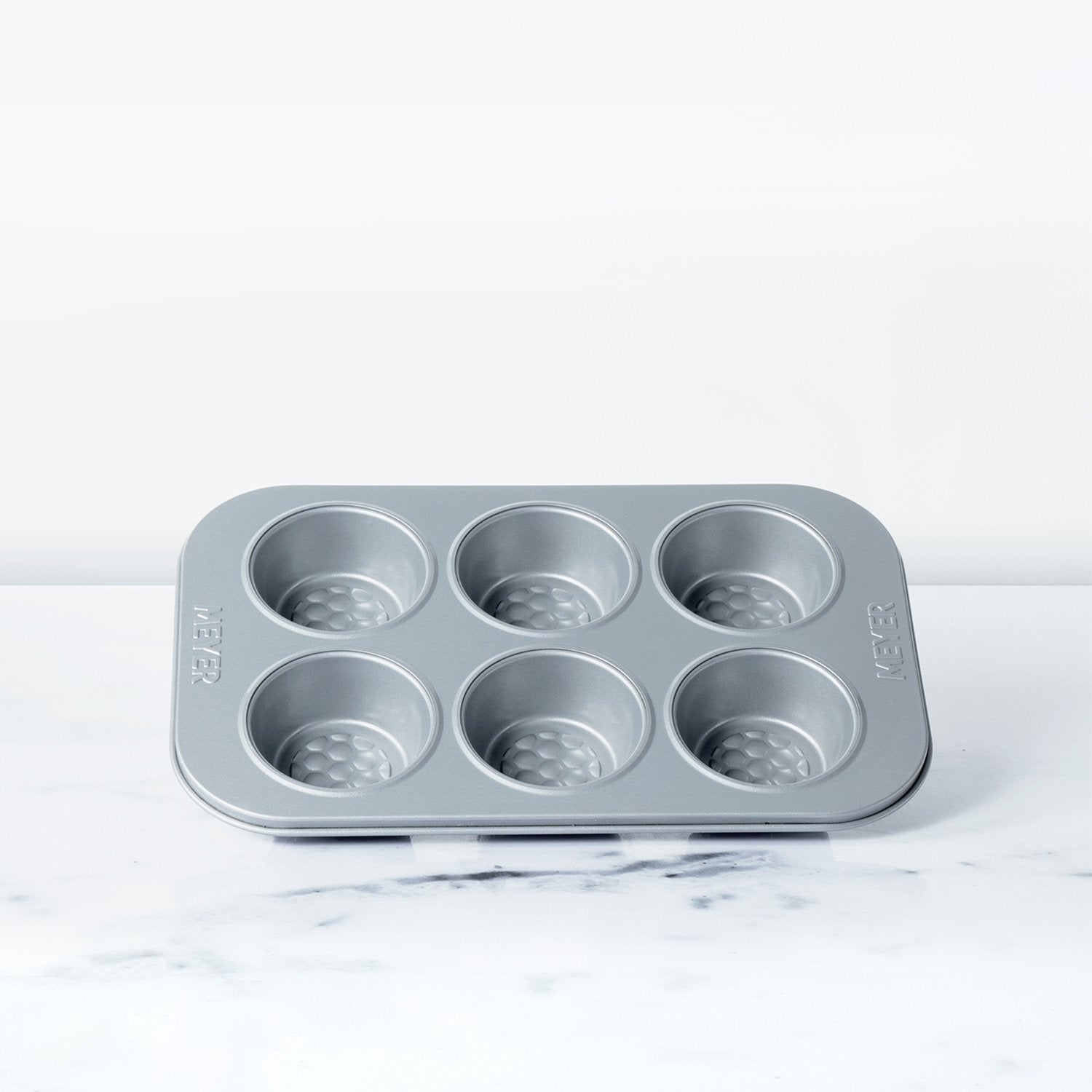
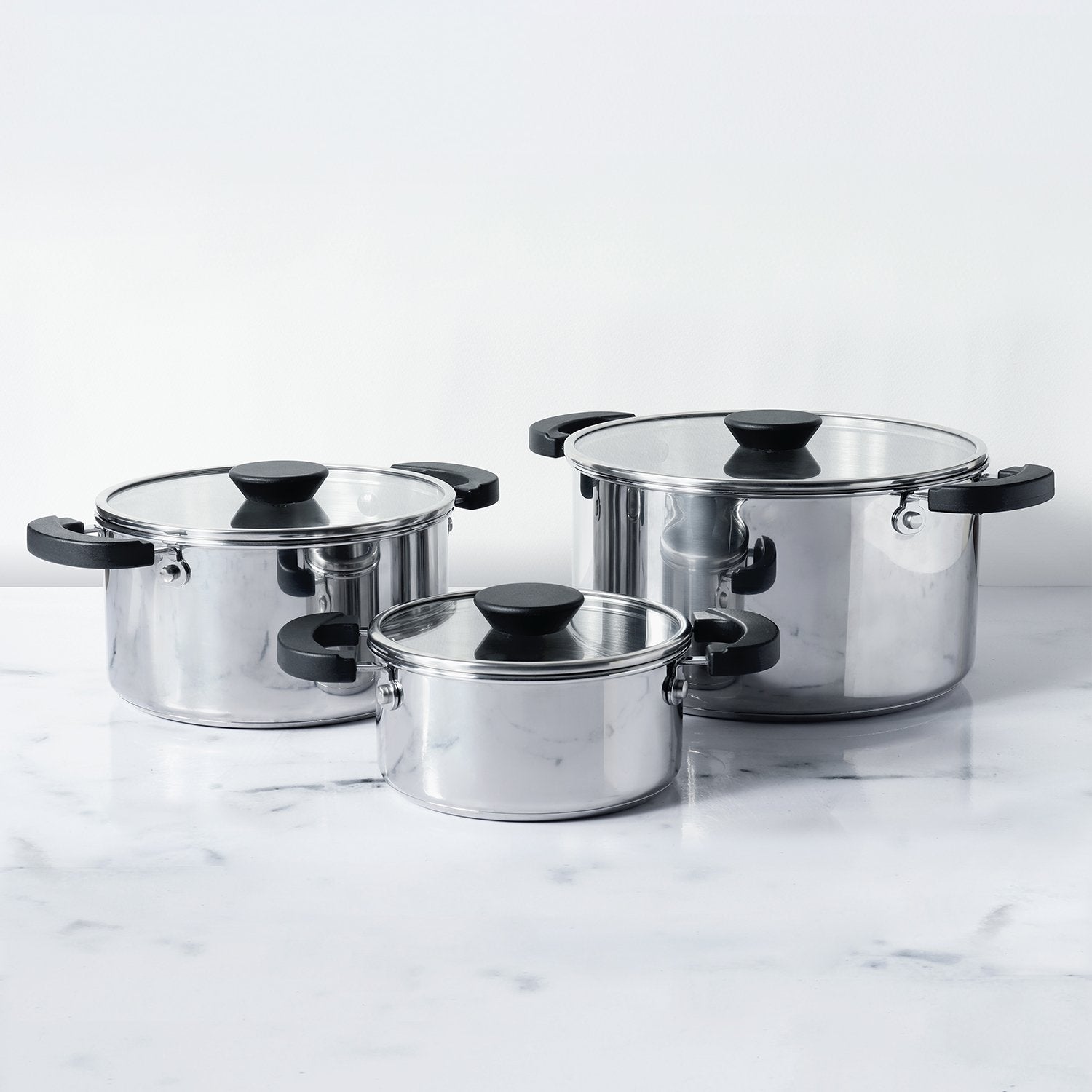




Leave a comment